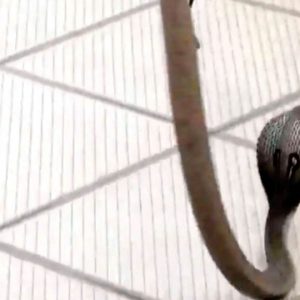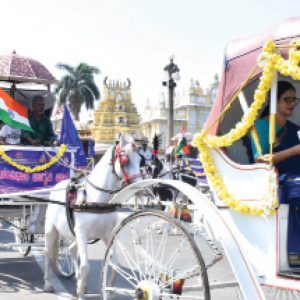Availability of life-supporting resources in abundance and accessing them virtually effortlessly by people everywhere witness their consumption marked by unchecked profligacy until both these features show signs of scarcity. One resource that qualifies to be at the top of the multitude of such resources and talked about more than acted upon is water, the elixir of life. Air, in a certain sense and to a certain extent keeps august company with water, as the recent happening in the national capital of the country where people had to resort to using canisters of safe-to-breathe air serves as an unmistakable example. Some food articles too are figuring lately in the scenario of their supply not keeping pace with need of people triggering rise in price to unprecedented levels, even causing panic in society. Both pulses and onion have played havoc on the people at large. These can be accessed at exorbitant cost only by those whose pockets are jingling with cash, but they too have to join the cash-starved sections when water sources play truant, particularly in the months between two monsoons.
The imperatives of scaling down the quantity in use of water for different purposes have already loomed large, calling for action by every citizen, both individually and collectively. While encroaching land areas of water bodies is not showing signs of abating, other avenues of adopting the habit of frugal use of water needs only a change in mindset. That change is long overdue.
Thanks to the feature of water-cycle, the land is blessed with timely rains across nearly 400 districts of the country, making the rivers carry water over land for raising food crops, apart from meeting the needs of the urban population and industrial establishments. While achieving substantial reduction in the use of water for agriculture, particularly cultivation of water guzzling crops (rice and wheat), chemical industries that throw out toxic by products and so on is a macro-level act, people have to turn their attention to micro-level action. One such avenue has been brought to light in Bengaluru under the project Glass Half Full. According to keenly observed feature in the capital city, 14 million litres of water is wasted every day as a result of drinking water that people leave behind in glasses in restaurants, nearly 10,000 of them.
Apart from water that is going into the drain, a typical restaurant reportedly throws out 5 kg chutney, 10 kg of sambar and 20 kg of rice on many days. Citizens owe it to themselves to exercise restraint and care in their consumption habits through a virtual war on wasting, remembering the Kannada saying Hani Hanigudidare halla, thene thenegudidare balla. We all can make a difference if we think differently. Small efforts can bring a big change in society.








Recent Comments